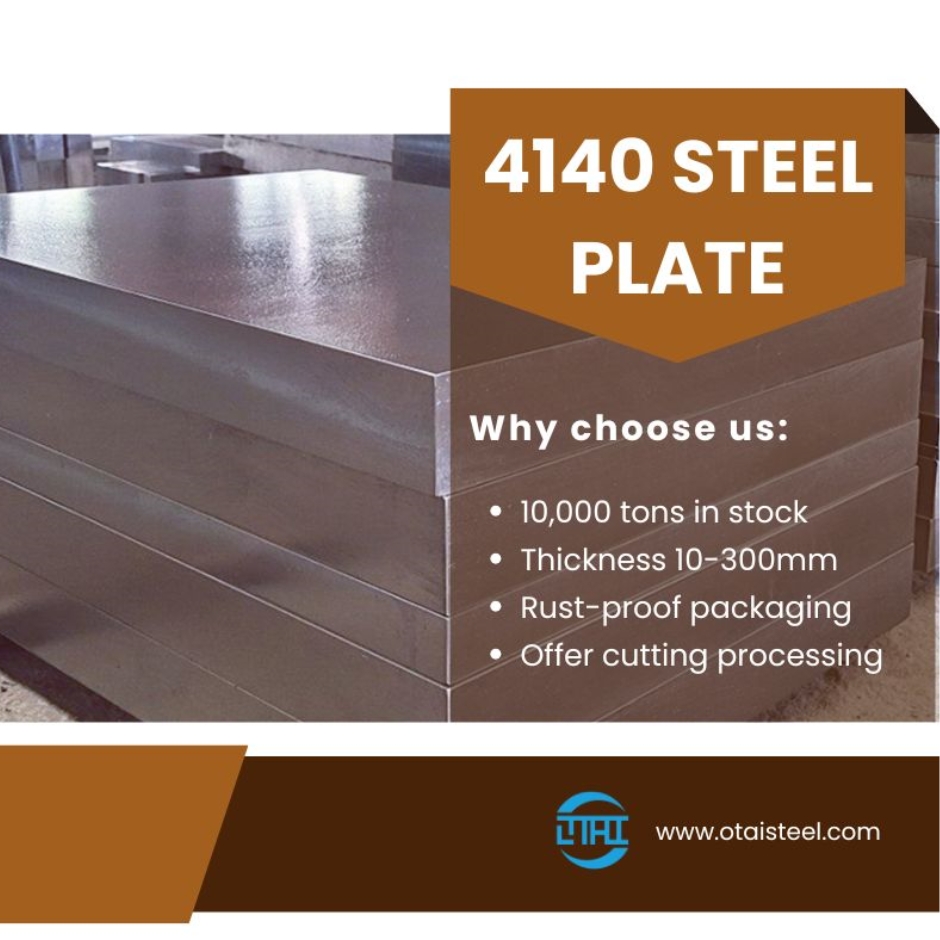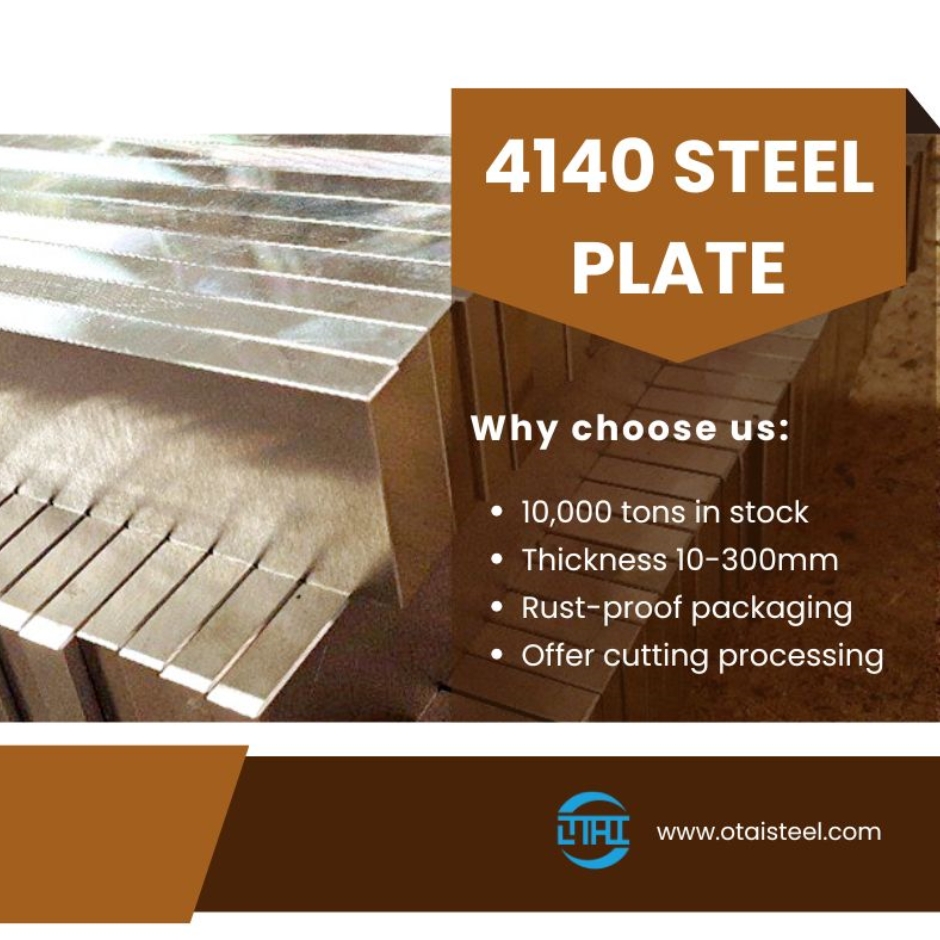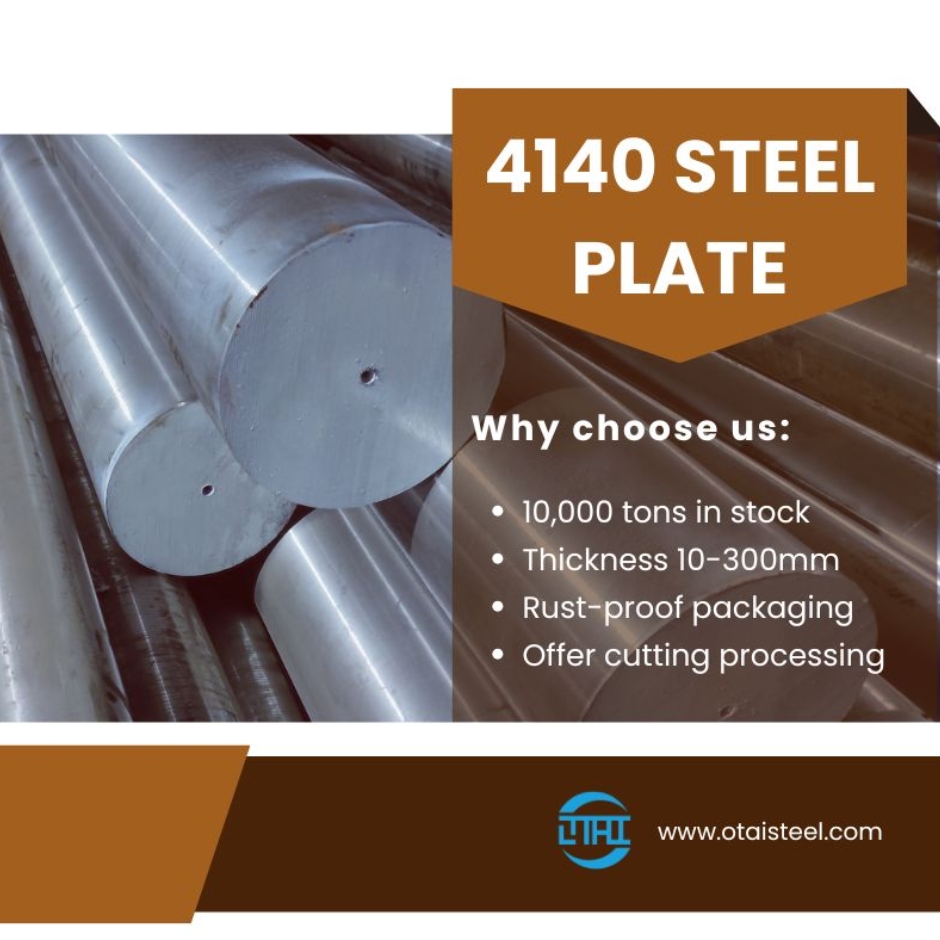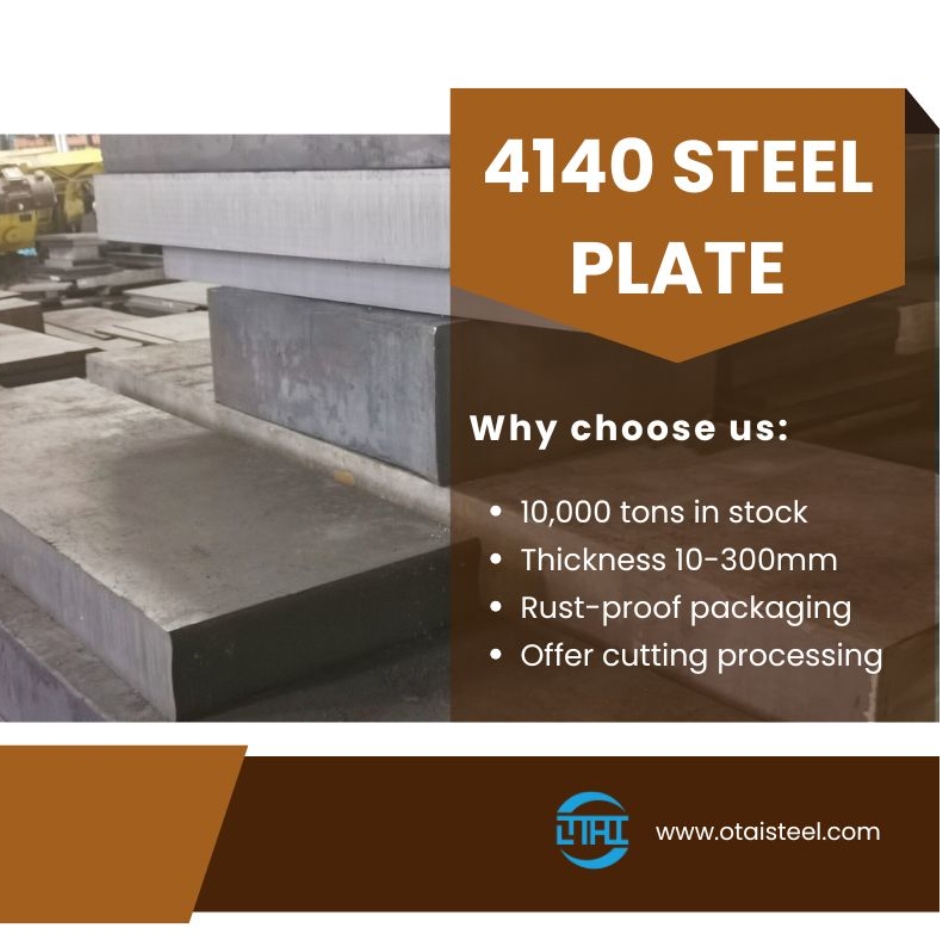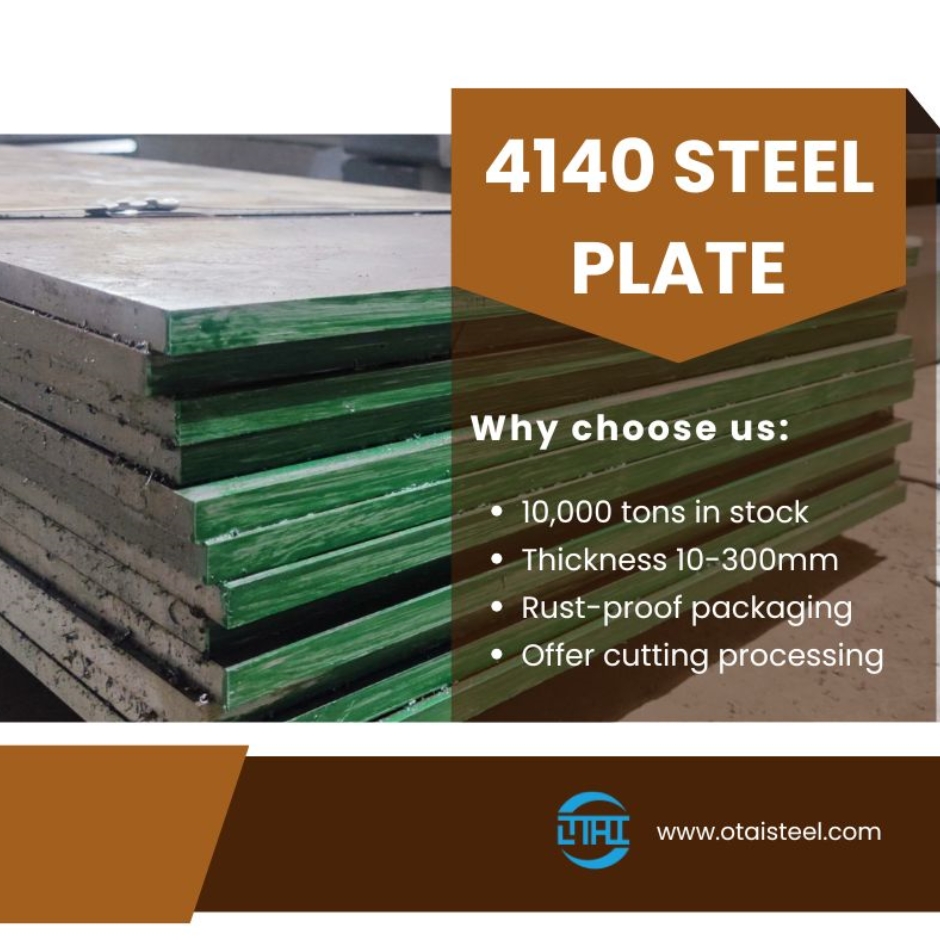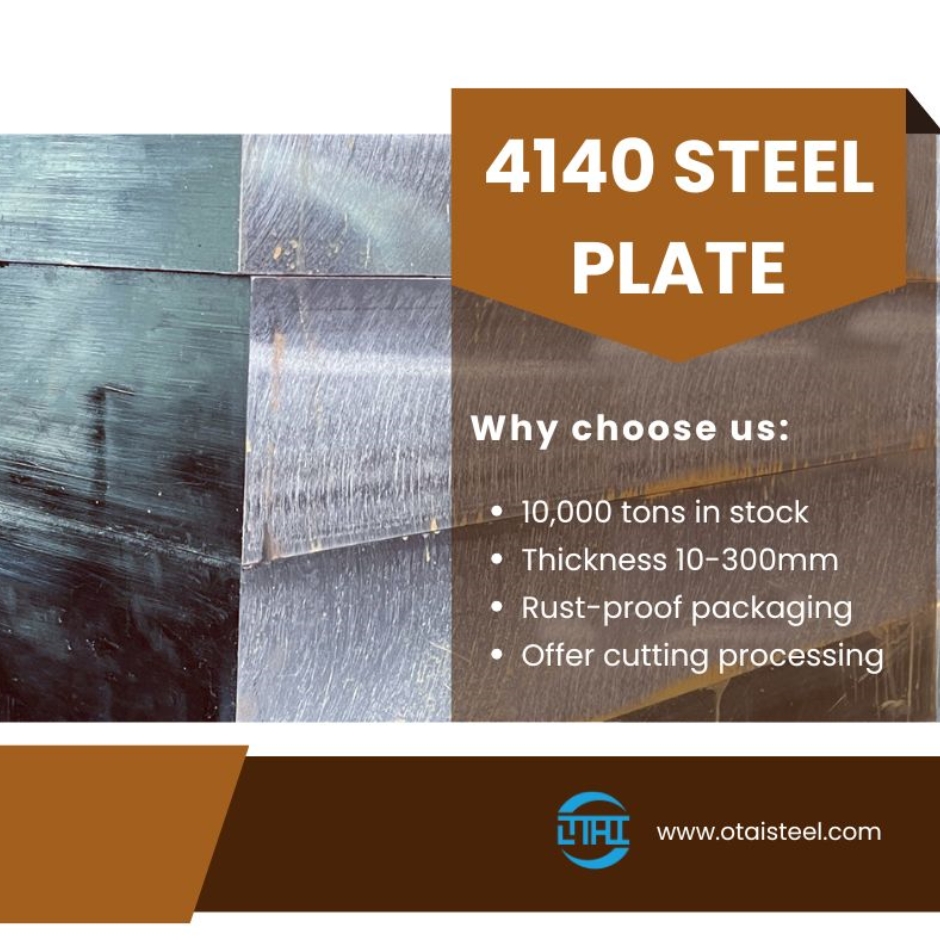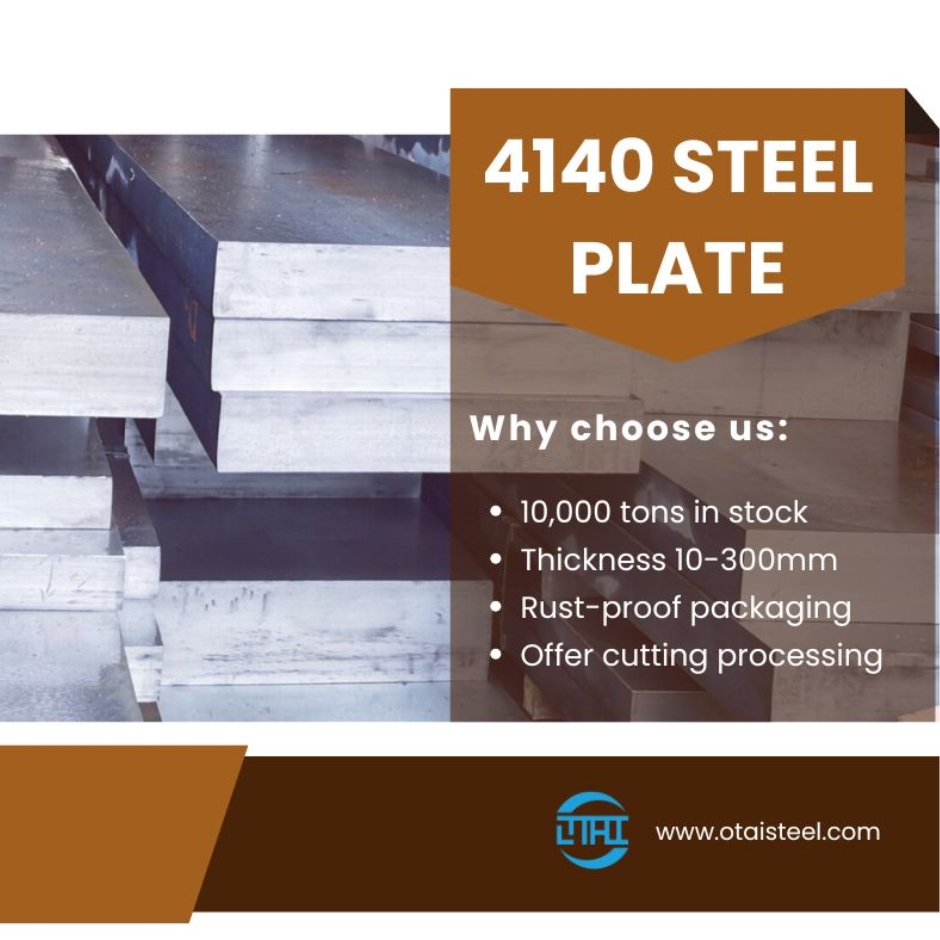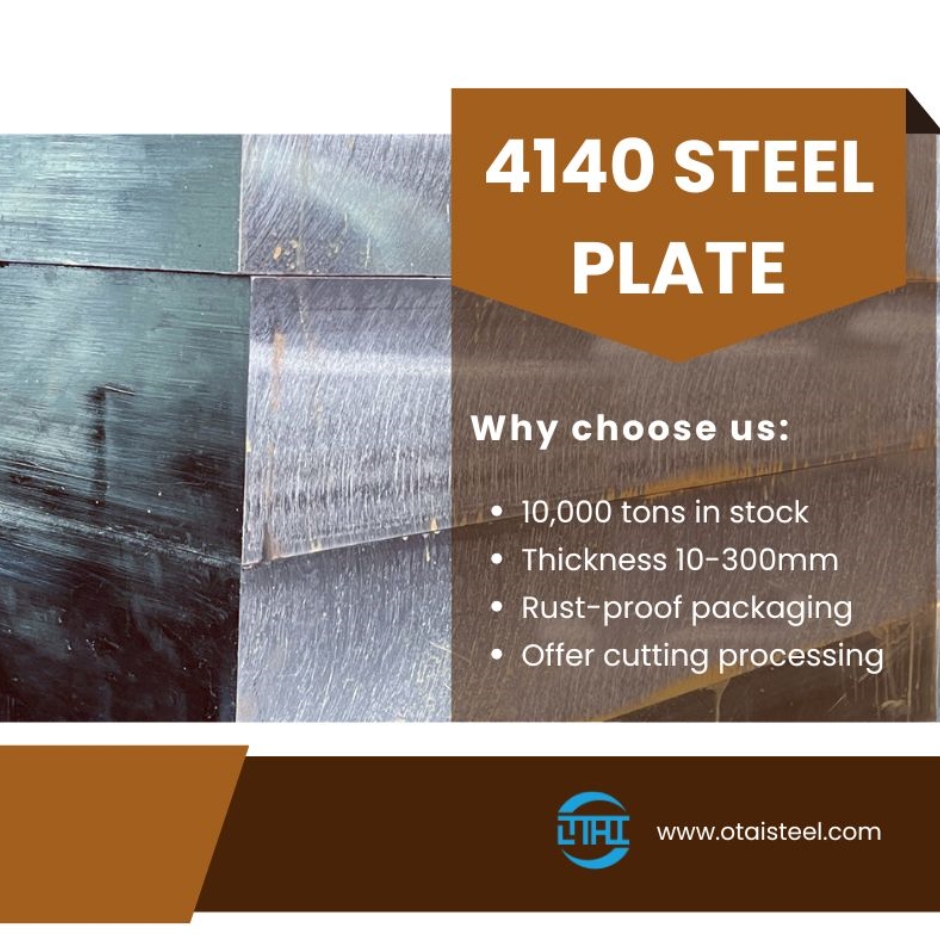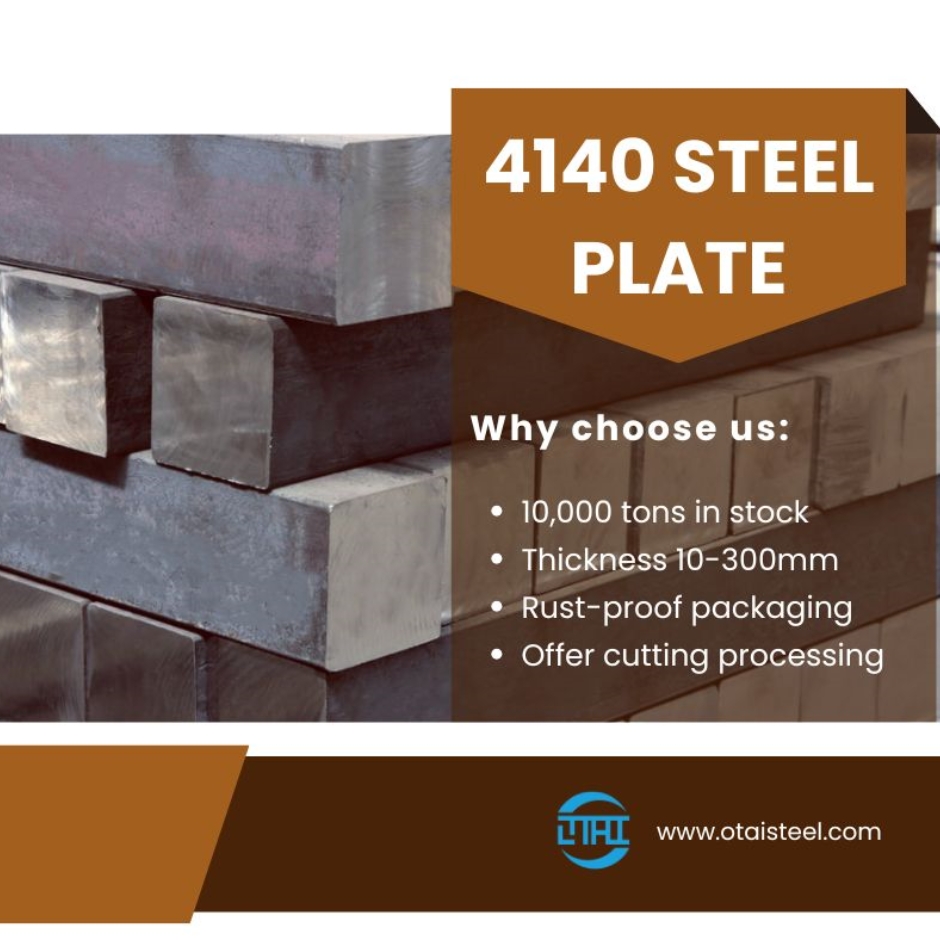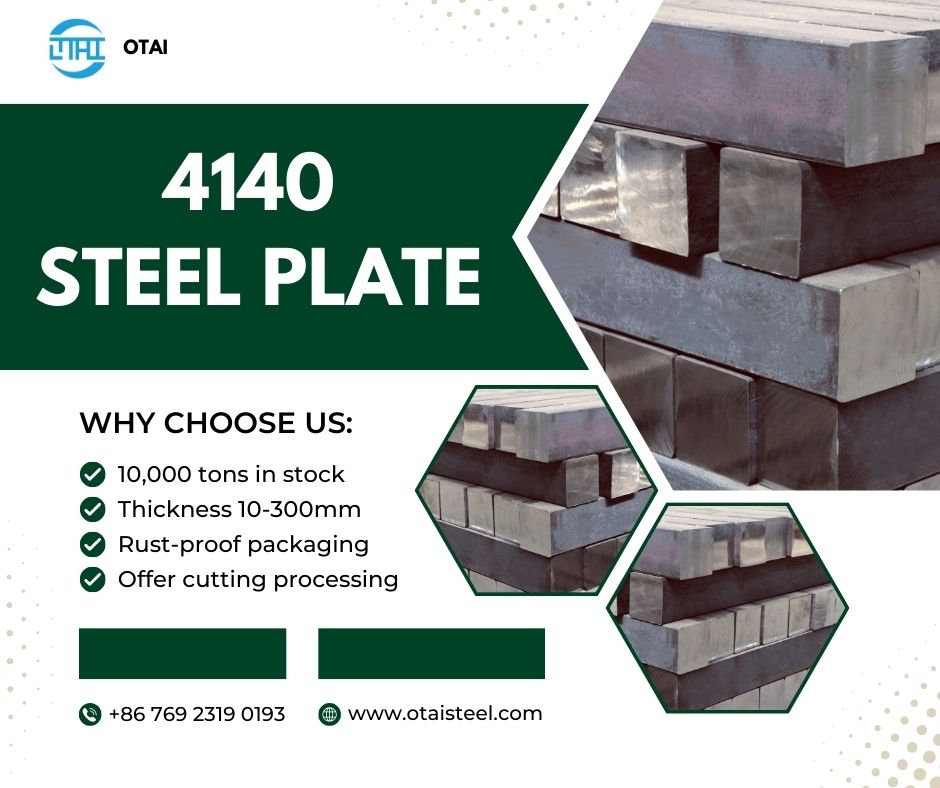
Introduction
In the field of modern engineering, 4140 alloy steel is renowned for its exceptional strength and reliability. This alloy plays a vital role in industries where high performance is essential. In this article, we will examine the distinctive features that make 4140 steel a preferred choice, as well as how these characteristics manifest in practical applications.
Compositional Foundation
The strength of 4140 alloy steel is rooted in its carefully formulated chemical composition. It is more than just steel; it’s a specialized combination of chromium, molybdenum, and other elements that enhance its performance. These additives not only improve the steel’s properties but also allow it to excel in challenging environments. For instance, chromium increases hardness and provides effective corrosion resistance.
Mechanical Excellence
The mechanical properties of 4140 steel are truly impressive. It combines high strength with the flexibility needed to endure stress without breaking. With a tensile strength of up to 1300 MPa, 4140 steel stands out as a heavyweight in the materials world. You can think of it as the superhero of steel—strong enough for demanding tasks while retaining the ability to bend without fracturing.
The Power of Heat Treatment
What distinguishes 4140 alloy steel is its capability for heat treatment, which acts as a transformative enhancement. Processes like quenching and tempering may sound fantastical, but they are essential for boosting the steel’s strength. This treatment allows the material to achieve hardness levels that rival the finest in the industry.
Corrosion Resistance
Although 4140 alloy steel is not completely immune to corrosion, it possesses a solid defense thanks to its chromium content. While it may not win awards for corrosion resistance, it performs well in moderate environments. Think of it as a knight in slightly tarnished armor—still capable of defending its domain.
Versatile Applications
The adaptability of 4140 alloy steel is a significant part of its reputation. It’s not limited to one specific use; rather, it excels in various roles. From critical aerospace components like landing gear to automotive parts such as driveshafts and suspension springs, 4140 steel proves to be a versatile player.
Stock and Service Availability
At OTAI, we don’t just promise quality; we deliver with our extensive stock of 4140 alloy steel. With over 10,000 tons available and ready for shipment, we meet diverse needs efficiently. Additionally, our processing services can cut or shape the material to your specifications—like having a dedicated steel concierge at your service.
Protective Packaging
We place a strong emphasis on protecting our products. Our packaging solutions serve as a robust barrier for your 4140 alloy steel, ensuring it reaches you in perfect condition. Whether it’s through steel strapping, wooden crates, or anti-corrosion materials, we make sure your order is thoroughly safeguarded.
4140 alloy steel represents more than just a material; it embodies strength and reliability in engineering. 4140 Steel are not just specifications; they are the keys to achieving high performance in demanding applications. At OTAI, we take pride in offering this exceptional alloy steel, supported by our unwavering commitment to quality and service.
